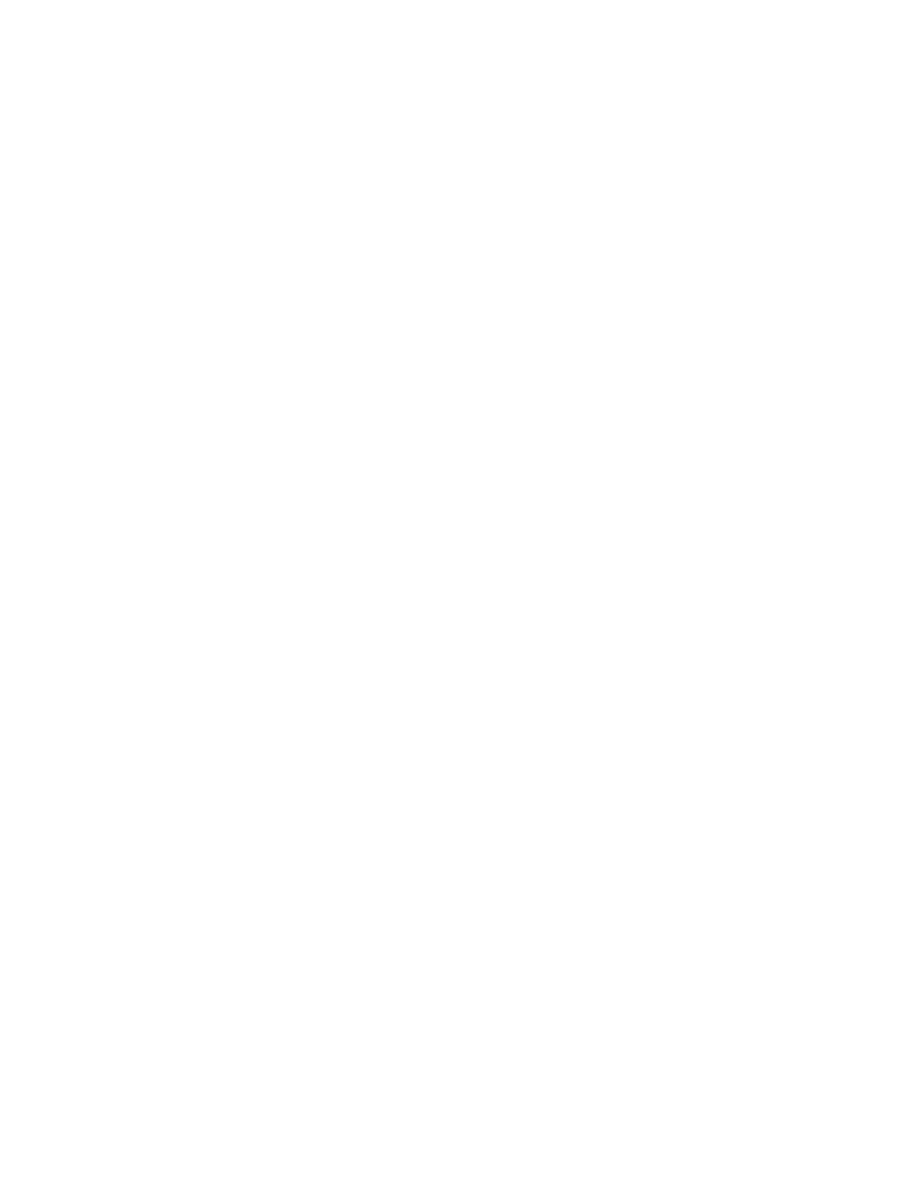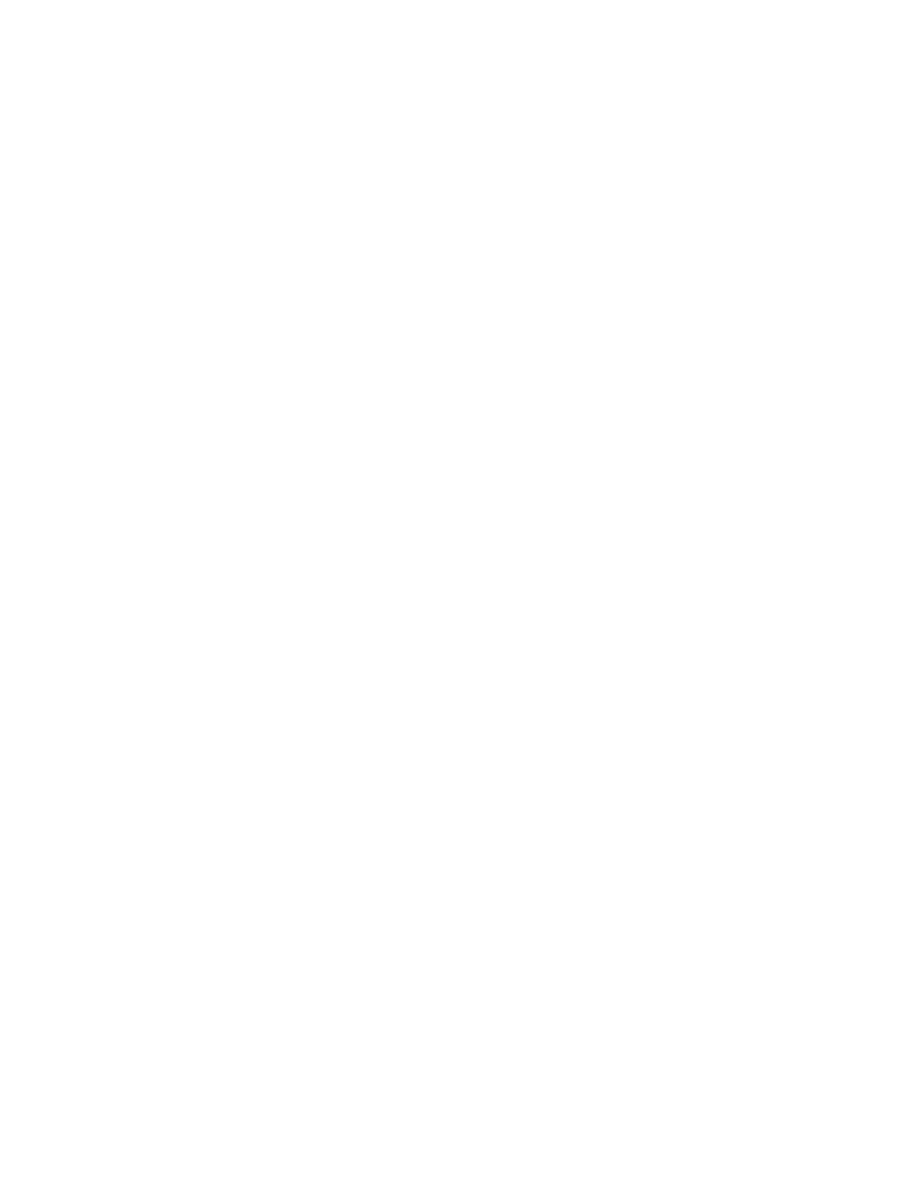
Clinical Approach to Neonatal Jaundice
CONTENTS:
INTRODUCTION
PATHOPHYSIOLOGY
DIFFERENTIAL DIA
INTRODUCTION
Bilirubin is the end product of hemedegradation
Most of the daily production comes from thebreakdown of RBCs in the RES
Heme biliverdin bilirubin
Bilirubin is released & bound to serum albumin
Bilirubin is uptake & conjugated with glucuronic acid
Finally conjugated bilirubin is excreted in bile
..............................
pathophysiology
UNCONJUGATED B
CONJUGATED B
Tightly compounded to s. albumin - Non toxic
Normally very small amount is present as -Water soluble
albumin free
Insoluble in watercan not be excreted - Loosely bound toalbumin
in urin Delta fraction
Toxic
Both conjugated & unconjugated bilirubin may accumulate systemically & deposit in tissues
-Normally s. bilirubin level vary b/w 0.3 & 1.2mg/dl.
-The rate of systemic bilirubin production is = to the rate of hepatic uptake,
conjugation & biliray excretion .
-Jaundice becomes evident when the s.bilirubin levels rise above 2.0 to 2.5mg/dl

-bilirubin production &clearance is disturbed by one or more of the following mechanisms:
1. Excessive production of bilirubin
2. Reduced hepatic uptake
3. Impaired conjugation
4. Decreased hepatocellular excretion
5. Impaired bile flow
causes of jaundice
prodominatly direct hyperbilirubinemia
prodominatly indirect hyperbilirubinemia
PRDOMINATLY INDIRECT HYPERBILIRUBINEMIA
:
Excessive production of bilirubin
-hemolytic anemia's -resorption of blood from internal hemor.
-ineffective erythropoiesis
Reduced hepatic uptake:
-drugs
-some cases of Gilbert syndrome
✶Impaired bilirubin conjugation:
-physiologic jaundice - breast milk jaundice -genetic deficiency of glcuronosyl transferase
-decreased expression of glcuronosyl transferase
-diffuse hepatocellular diseases
PREDOMINATLY DIRECT HYPERBILIRUBINEMIA
✶Decrease excretion of conjugated
bilirubin
deficiency in canalicular membrane transportdrug induced canalicular membrane
dysfunction hepatocelluler damage or toxicity
✶Decreased intrahepatic bile
flow

inflammatory destruction ofintrahepatic bile ducts
✶Extra hepatic biliary obstruction:
*gall stone obstruction of biliary tree *extra hepatic biliary
atresia* biliary stricture & choledochal cyst *primary sclerosing cholangitis *liver fluke infestation*
carcinoma
HISTORY
1-onset / duration 2-pain 3- nausea & vomiting
4-loss of weight 5-itching 6-color of stool 7-color of urine
8-past history 9-ttt &family history
EXAMINATION
✶color of skin ✶severity of jaundice ✶anemia
✶liver ✶spleen ✶gall bladder ✶ascites
INVESIGATION
✶CBC ✶LFT ✶Prothrombin time ✶Alfa feto proteins
✶UG ✶SG ✶U/S ✶ERCP & PTC
✶Liver biopsy
by hazha fatah
